
A coating is a continuous film that is applied to the surface of the object being protected or decorated and can be firmly adhered to the object being coated. It is usually a viscous liquid prepared from resin, or oil, or emulsion, with or without the addition of pigments and fillers, with the addition of corresponding additives, and with organic solvents or water.
Coatings generally consist of four basic components: film-forming substances (resins, emulsions), pigments (including body pigments), solvents and additives (auxiliaries). The film-forming substances are the main components of the coating film and include oils and fats, processed oil and fat products, cellulose derivatives, natural resins, synthetic resins and synthetic emulsions. Film-forming substances are the main components of a coating film and include oils and fats, processed oils and fats products, cellulose derivatives, natural resins, synthetic resins and synthetic emulsions. Pigments are generally divided into two types: colouring pigments, such as titanium dioxide and chrome yellow, and body pigments, which are often referred to as fillers, such as calcium carbonate and talcum powder. Solvents include hydrocarbons. Solvents (mineral spirits, paraffin, petrol, benzene, toluene, xylene, etc.), alcohols, ethers, ketones and esters. The main role of solvents and water is to disperse the film-forming base material to form a viscous liquid. It helps in construction and improves certain properties of the coating film.
The global trend in the coatings industry is towards the reduction of volatile organic compounds and other aspects. The share of traditional solvent-based coatings in China is beginning to decrease, in addition, the development of water-based coatings is beginning to accelerate and is gradually becoming a highly promising coating product. Improving the quality and developing new varieties of water-based coatings is an important part of consolidating and developing water-based coatings.
NOA has nearly 30,000m2 central laboratory with organic laboratory, inorganic laboratory, physical and chemical laboratory, thermal analysis laboratory, mechanics laboratory, reliability laboratory, combustion laboratory, weathering laboratory, which can provide one-stop analysis and testing services such as raw material quality control, composition analysis, foreign substance analysis, performance testing and reliability testing for plastic materials and products.
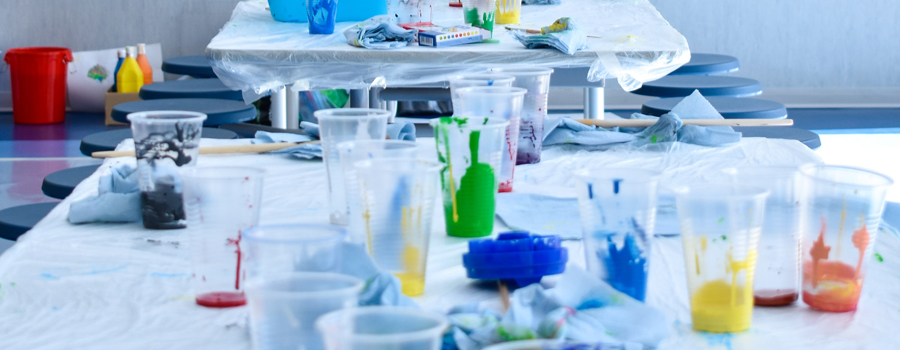
NOA can provide composition analysis, formulation analysis, failure analysis, comparative analysis, foreign matter analysis, environmental protection testing and other services through spectroscopy, chromatography, nuclear magnetism and other large precision instruments, using "light, colour, heat, mass, meta-chemical" multi-analysis techniques, to help customers analyse the chemical composition and composition content of samples, or qualitative and quantitative analysis of specified ingredients and content according to customer requirements, identification of raw materials, additives, specific ingredients, content and foreign matter components and other analytical services.
I. Service offerings
|
Service offerings |
Common Products |
|
Acrylate coatings |
Varnishes, water-based acrylic paints, white emulsions |
|
Polyurethane adhesive coatings |
Water-based finishes |
|
Epoxy resin coatings |
Powder coating, epoxy floor paint |
|
Silicone coatings |
Silicone brighteners, finishing agents, slip agents |
|
UV coatings |
UV paper varnish, UV plastic coating, UV water-based varnish |
II. Services
|
Service Name |
Service Definition |
|
Component Analysis |
Qualitative and quantitative analysis of the constituents |
|
System identification |
Resin system identification |
|
Comparative analysis |
Qualitative and quantitative analysis of constituents + description of differences in composition + suggestions for performance improvement |
|
Foreign body analysis |
Foreign body discovery + analysis protocol + test results + foreign body composition analysis conclusions |
|
Failure analysis |
Failure background questionnaire + analysis protocol + test results + failure analysis conclusions |
|
Environmental testing |
Volatile Organic Compounds, Hazardous Substances Limits |
|
Specified Component Analysis |
Compound name and content + test method |
|
Resin structure analysis |
Resin synthesis monomer types and ratios |
|
Large-scale instrument testing |
PY-GCMS, TGA, DSC, NMR and other spectroscopic tests |
|
Raw material quality control |
Raw material purity testing, material characterisation, qualitative and quantitative analysis of specified components |





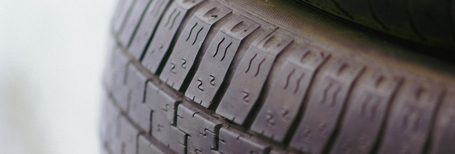
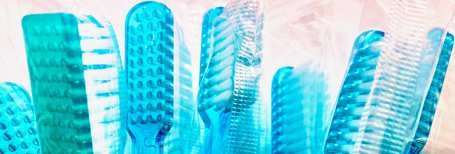
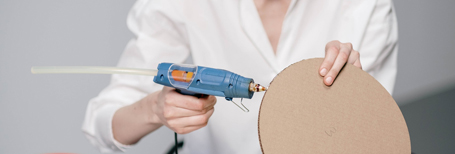
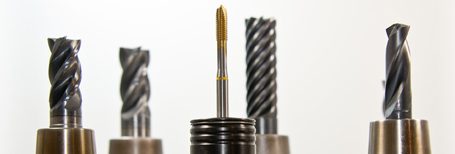




Tel:+86-400 821 5138
Fax:+86-21 3327 5843
Email:noa@noagroup.com